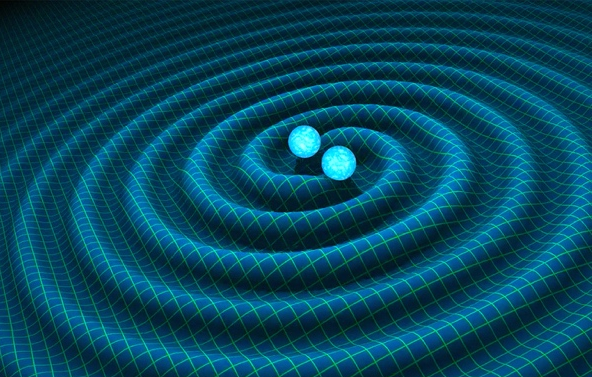Pattern Recognition and Event Classification in the Search for Neutrinoless Double-Beta Decay with SuperNEMO
Student: Matteo Ceschia
Supervisory Team: Ruben Saakyan (SuperNemo)
SuperNEMO is an experiment, currently being commissioned, to search for neutrinoless double-beta decay (0νββ) and thereby address fundamental questions regarding the nature of the neutrino and the origin of the cosmic matter-antimatter asymmetry. The project, jointly led by UCL, is unique in the field through its combination of tracking and calorimetric information in the search for extremely rare nuclear decay modes with half-lives much longer than the age of the universe. SuperNEMO provides much richer per-event information than any other 0νββ experiment. Tracker hit positions and drift times, together with calorimeter timing and energy measurements, are combined to give a picture of each event. Although in this sense the detection principles are similar to those of collider experiments, in practice the challenges are quite different due to the extensive scattering of low-energy electrons and γ-rays and the wide variety of background isotopes with poorly known spatial distributions (both internal and external to the detector). SuperNEMO currently separates signal from background using a sequence of algorithms - clustering, track fitting and calorimeter association, prior to cut-based event classification. As each stage is performed sequentially, the latter stages can have no influence on the earlier ones - for example, if a particle track has been wrongly split there is no opportunity to recombine tracks later, even if other event characteristics strongly favour this hypothesis. More complex topologies are often completely mis-reconstructed and mis-categorised by the current approach. A more holistic event classification approach where a machine learning algorithm was allowed to find features on its own would allow us to combine some or all of these steps and generate distinctly better analysis outcomes.

